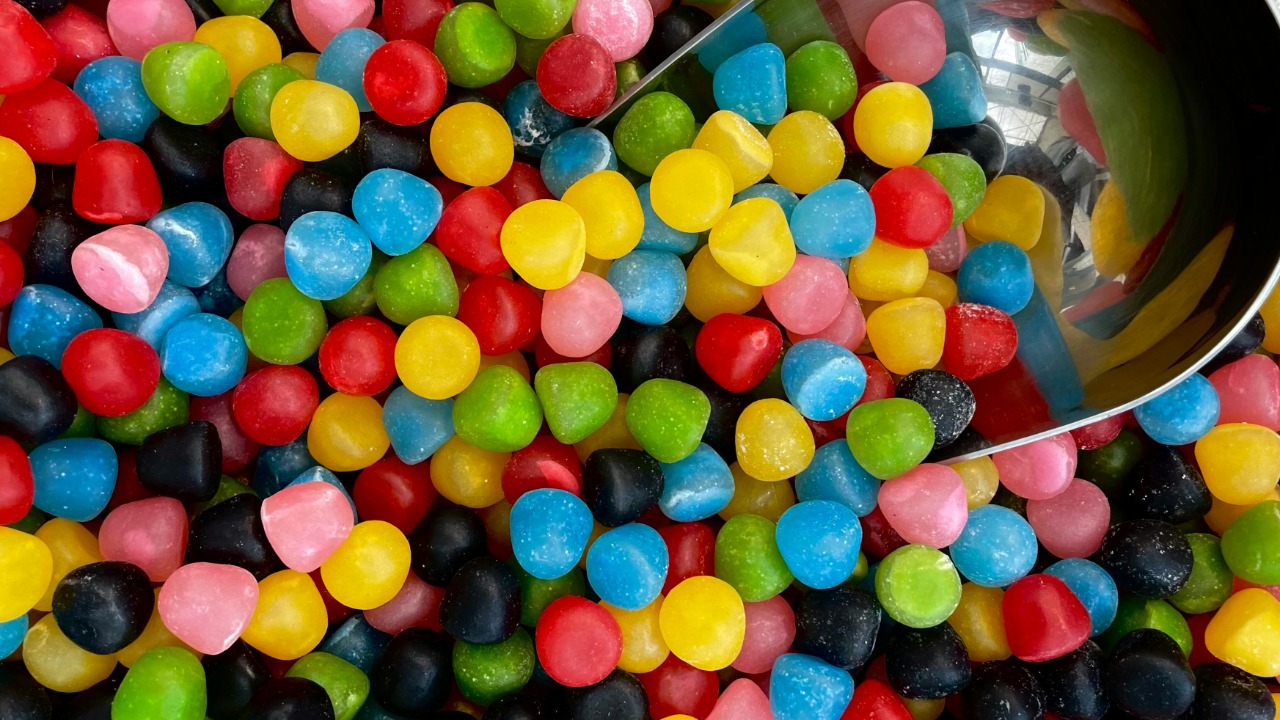
The vibrant hues that make children’s foods visually appealing may be more harmful than we think. Recent scientific analysis has raised concerns about the potential health impacts of synthetic food dyes on children. Furthermore, the role of food advertising in shaping children’s diets has come under scrutiny, with brightly colored foods often being the main attraction.
Synthetic Dyes in Everyday Kids’ Foods
Artificial colors are commonly used in a variety of children’s foods, from cereals and candies to snacks. These bright colors are not just for aesthetics; they are part of a marketing strategy designed to appeal to young eaters. However, the core concerns raised about these synthetic dyes are not to be taken lightly.
For instance, certain dyed products have been found to contain chemicals that could potentially harm children’s health. The prevalence of these dyes in everyday foods is alarming, and the role of advertising in amplifying exposure to these products cannot be ignored. As the analysis of food ads has shown, marketing tactics are shaping the diets of children and teens in concerning ways.
Scientific Evidence on Dye Risks
Several studies have linked synthetic food dyes to behavioral and health issues in children. According to scientific findings, these dyes could potentially disrupt normal neurodevelopment and contribute to behavioral problems. The data supporting these claims is recent and compelling, warranting further investigation and action.
Regulatory debates have been sparked by these findings, with calls for bans on synthetic food dyes growing louder. The overview of the potential harm these dyes could cause to children’s health has added fuel to these debates, highlighting the need for stricter regulations and better alternatives.
Advertising’s Role in Dye Exposure
Advertisements for brightly colored foods have a significant influence on children’s food preferences. The impact of food ads on children’s diets is undeniable, with specific marketing strategies targeting kids and teens proving to be highly effective.
These strategies often involve promoting foods with artificial colors, leading to increased dye intake among children. The health warnings associated with these dyes underscore the need for a shift in advertising practices and consumer awareness.
Natural Color Alternatives from Spices
Spices offer a natural alternative to synthetic food dyes, providing vibrant hues without the associated health risks. The contrast between synthetic dyes and spice-derived colors is stark, with the latter offering a healthier option for children’s meals.
Using spices not only adds color but also enhances the flavor of meals. However, the way spices are stored can affect their color and flavor, as highlighted in the article on spice storage. By following proper storage practices, the natural vibrancy of spices can be preserved, making them an excellent alternative to synthetic dyes.
Preserving Natural Food Colors
Common storage errors can degrade the color and flavor of spices. According to the guidance on spice storage, certain practices can lead to the loss of the vibrant hues that spices provide. By avoiding these mistakes, the natural vibrancy of foods can be maintained, reducing the need for synthetic dyes.
Proper preservation of natural food colors is not just about aesthetics; it also has broader health implications. As the research on synthetic food dye has shown, reducing reliance on these dyes can contribute to better health outcomes for children.
Regulatory and Parental Responses
Efforts to ban or limit the use of synthetic dyes in children’s foods are ongoing, driven by the scientific evidence linking these dyes to health issues. The policy implications of these efforts are significant, as highlighted in the report on the potential harm of brightly colored foods.
Parents also have a role to play in protecting their children from the potential harm of synthetic food dyes. By being aware of the tactics used in food advertising, as discussed in the analysis of food ads, parents can make informed choices about the foods they provide for their children, steering clear of products loaded with synthetic dyes.
More from MorningOverview